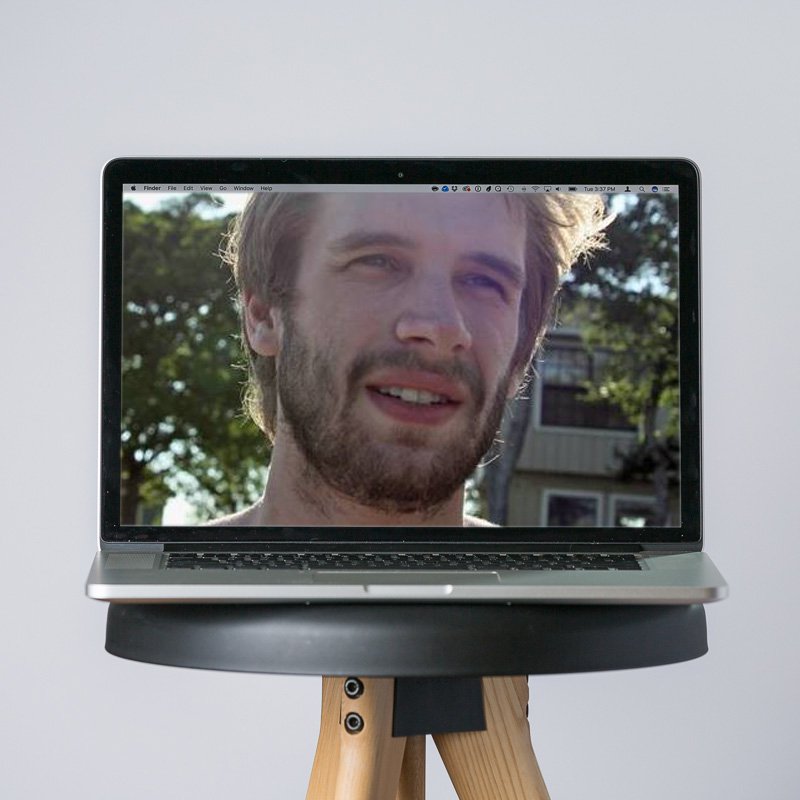© 2026 Flywheel Co.
Misc. — 11.09.18
Working Together a World Apart

In December of 2016, I left Texas to live with the koalas and kangaroos down in Australia. While I would no longer be coming into the office each day, I maintained my role with Flywheel, learning how to adapt to the new work environment along the way.
Introducing this new aspect to the structure of Flywheel initially seemed to be a rather daunting task. There were a number of potential complications that would need to be addressed and resolved while keeping effectiveness and efficiency at the forefront.
The vast majority of obstacles we would have to navigate were rooted in the enormously inconvenient time difference that exists between Houston and Melbourne. Depending on the time of the year, here in Melbourne I’m 15-17 hours ahead of the rest of the Flywheel team. To better put that into perspective, when I start work on Wednesday morning, the rest of the Flywheel team is reaching the end of their work day on Tuesday.
While intimidating at first, we quickly and effectively adapted to this new scenario, learning to thrive from opposite sides of the international date line. Here are a few of the things we learned along the way:
Communication
The most significant hurdle was unsurprisingly, how to continue effective communication. Luckily for us, we’ve all known each other prior to Flywheel and that factor has always been a benefit to our internal communications. Adapting to accommodate would prove to be quite easy.
We had been using Slack for internal messaging for a number of years prior and continued forward with it strongly, eventually using it for all of our day-to-day communications between Houston and Melbourne. While we had previously used a variety of different services to have audio and video calls, as Slack has upgraded its infrastructure, we now use it for all messaging and calls.
We soon learned that messaging, when brief, is much more time-effective than having voice or video calls. We eventually moved all conversations that would take five minutes or less to messaging in order to be as efficient as possible. We found that the time spent setting up audio and dealing with any network issues when having calls often times wasn’t worth it when we could be equally as effective when typing as opposed to talking.
Scheduling
With the limited work day overlap, the way we scheduled internal meetings also required modification. Our initial approach was to schedule project conversations regularly and precisely. Each day I’d start with a few new calendar events to chat with someone about a project: whether it be for planning, updates, or just general questions, chances are it had a calendar event.
Eventually, this way of handling our internal meetings became overbearing and intrusive on the work day. Things come up, priorities change, we needed a more flexible approach.
The solution was to manage these conversations the way we always had, on-the-fly. In the office, these meetings are as simple as asking someone to let you know when they had a few minutes to talk about something. There was no reason that wouldn’t still work so we reverted back to what we knew worked. Now instead of calendar events, I start my day with messages asking me to let someone know when I have a few minutes to chat about something and vice versa. To our surprise, it works just as well with an ocean between us.
Project Management
At the core of communication and scheduling is project management. Ensuring project information was easily located and interacted with was a central focus throughout our period of adaptation, yet required little cognizant action to implement.
We love keeping our projects organized and use Basecamp as a central hub for organization and communication throughout our entire scope of projects. Adapting the way we use it took little more than adding a bit of verbosity to individual to-do descriptions and making better use of the project documents.
Having slightly more in-depth descriptions for individual to-dos greatly reduces the chance that there might need to be any follow-up questions, thusly allowing the assignee to start on it right away regardless of others’ availability.
Keeping all project-related documents in a central location in our project management system prevents the chance that someone won’t be able to find a particular document. With all the possible locations an agency has documents received and stored, having a central reference for anything related to a project can save considerable time and energy.
All in all, the transition from working in the Flywheel office to working on a different continent has gone exceptionally well for the team and I. Thriving on learning and adaptation kept us moving forward without a hitch.

Development Lead
Chris Everson
Chris is an extraordinary programmer and source of comedy at Flywheel. Although he once had a desk in the office, he has since relocated to Australia and is our international wing.

